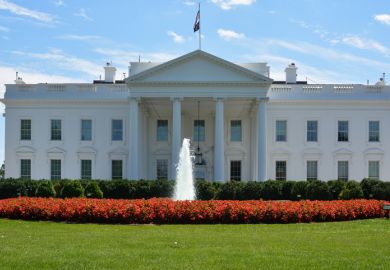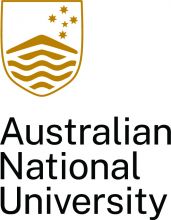Legislation to overhaul Australia’s student loans scheme is likely to be introduced retrospectively, with the government facing a challenging timetable to implement its changes.
Times Higher Education understands that the government intends to introduce legislation giving effect to the two major components of the reforms – new repayment arrangements, and a 20 per cent debt wipe-down – simultaneously, and possibly in the same bill.
Prime minister Anthony Albanese has said the debt reduction measure will be the first piece of legislation he introduces if he wins next year’s federal election, which must take place by 24 May. The debt reduction measure would be applied on 1 June, with the new repayment arrangements commencing on 1 July.
The chances of legislating either measure in advance appear low, with the opposition likely to fight debt reduction in particular. In parliament, Liberal Party leader Peter Dutton criticised the “reckless spending” in the government’s “A$16 billion [£8.1 billion] university degree debt policy”.
David Littleproud, leader of the Liberal-allied National Party, said the coalition would be unlikely to support a mechanism that benefited only tertiary graduates. “I just can’t see how we can pick winners to that scale of money,” he told the ABC. “We’re in a cost-of-living crisis. We can’t just look after 3 million people. We’ve got to look after all 27 million of us.”
Commentators point out that the measure will offer greatest benefit to the graduates with the biggest debts, such as doctors and lawyers with high earnings prospects. Critics also say it risks discouraging graduates from making voluntary early repayments against their student debts.
“Those graduates – or their parents – who have already paid their student debt must be left feeling like mugs,” economist Chris Richardson wrote in The Sydney Morning Herald. “They’ve done their dough.”
Mr Richardson described the proposal as a “reverse Robin Hood” that would not incentivise anybody to study “because it only applies to student debt that’s already been racked up”.
Australian National University (ANU) policy expert Andrew Norton said future students would gain “nothing” from the debt reduction and would be wary of paying off their debts early. “This having been done once will sort of encourage political pressure to do it again,” he warned.
The loan scheme’s architect, emeritus ANU professor Bruce Chapman, said the repayment changes – which were based on his advice to the Australian Universities Accord panel – would improve the “equity” of graduate debts. But he told the Australian Financial Review that debt forgiveness was “more about politics than economics”.
Economists including Professor Chapman have said the measure will not exacerbate inflation. This is because debt write-off has no impact on the “underlying cash balance”, a cash flow measure equated with government surpluses and deficits, which in turn influence inflation.
A Parliamentary Budget Office analysis of the Australian Greens’ 2022 election policy to progressively cancel student debt found that it would have reduced the underlying cash balance by just A$2.6 billion over four years, mainly because of reduced interest receipts. The impact on the “fiscal balance”, which also takes account of capital investment, would have been A$45.7 billion.
Professor Norton said governments’ preference for changing loan schemes rather than university grants reflected “accounting decisions rather than the actual costs”. He said that if the debt forgiveness proposal passed parliament, it should “go on to the budget”.
Register to continue
Why register?
- Registration is free and only takes a moment
- Once registered, you can read 3 articles a month
- Sign up for our newsletter
Subscribe
Or subscribe for unlimited access to:
- Unlimited access to news, views, insights & reviews
- Digital editions
- Digital access to THE’s university and college rankings analysis
Already registered or a current subscriber?










